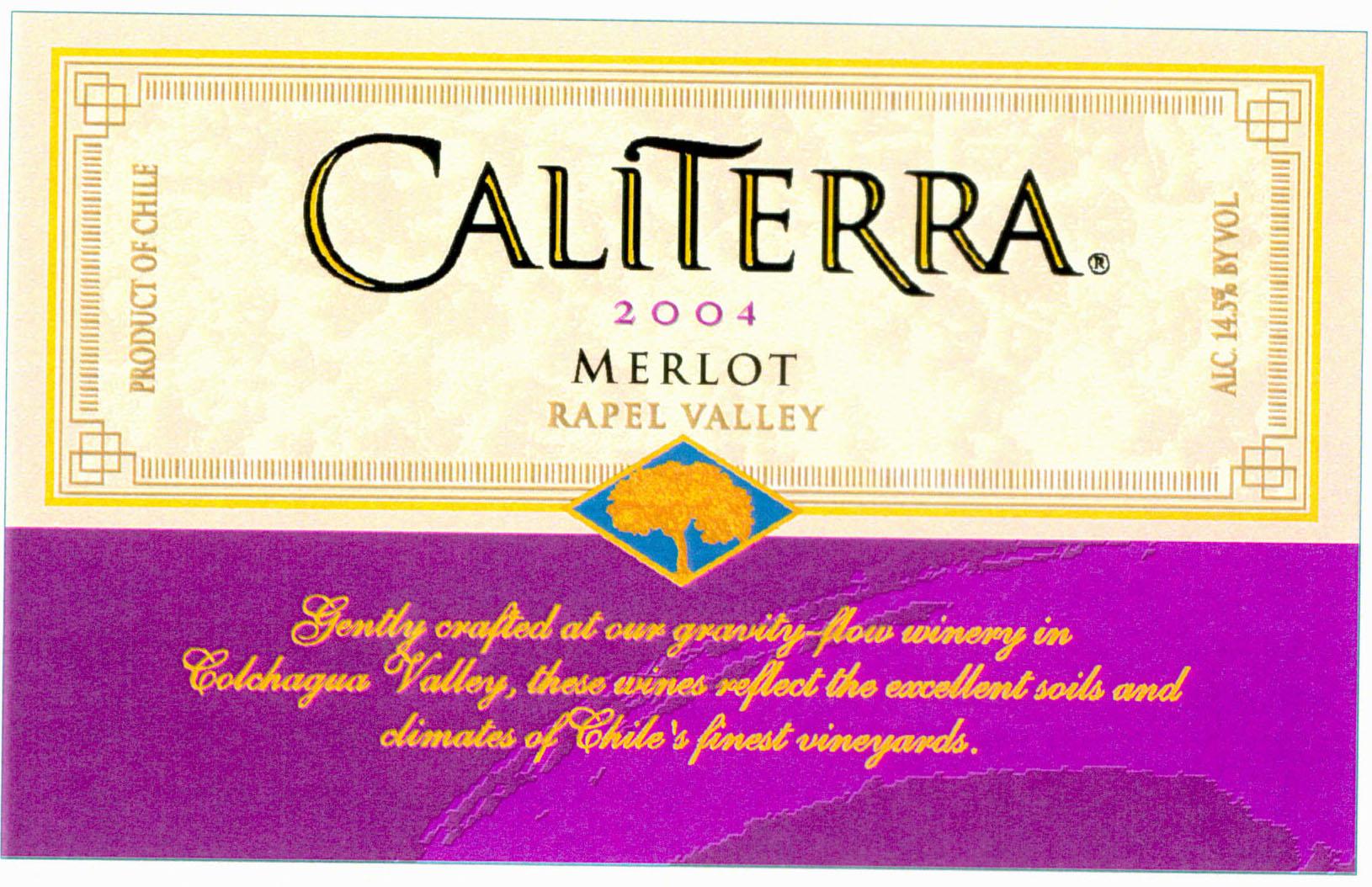2004 Rapel Valley Merlot
Caliterra Spragens is a splendid example of a Merlot from the esteemed Rapel Valley, showcasing the region's ability to produce exceptional wines. This red marvel offers a medium-bodied experience, with a delightful balance of vibrant acidity that enhances its overall freshness. The fruit intensity is prominent, featuring luscious notes of ripe dark berries woven together with subtle hints of chocolate and spices. The tannins are well-integrated and provide a sturdy structure without being overwhelming, making this wine wonderfully approachable. The 2004 vintage is characterized by its pleasingly dry profile, allowing the complex flavors to shine through without excessive sweetness. This wine is a true testament to the quality and craftsmanship that the Rapel Valley has to offer.
Caliterra Spragens is a splendid example of a Merlot from the esteemed Rapel Valley, showcasing the region's ability to produce exceptional wines. This red marvel offers a medium-bodied experience, with a delightful balance of vibrant acidity that enhances its overall freshness. The fruit intensity is prominent, featuring luscious notes of ripe dark berries woven together with subtle hints of chocolate and spices. The tannins are well-integrated and provide a sturdy structure without being overwhelming, making this wine wonderfully approachable. The 2004 vintage is characterized by its pleasingly dry profile, allowing the complex flavors to shine through without excessive sweetness. This wine is a true testament to the quality and craftsmanship that the Rapel Valley has to offer.




